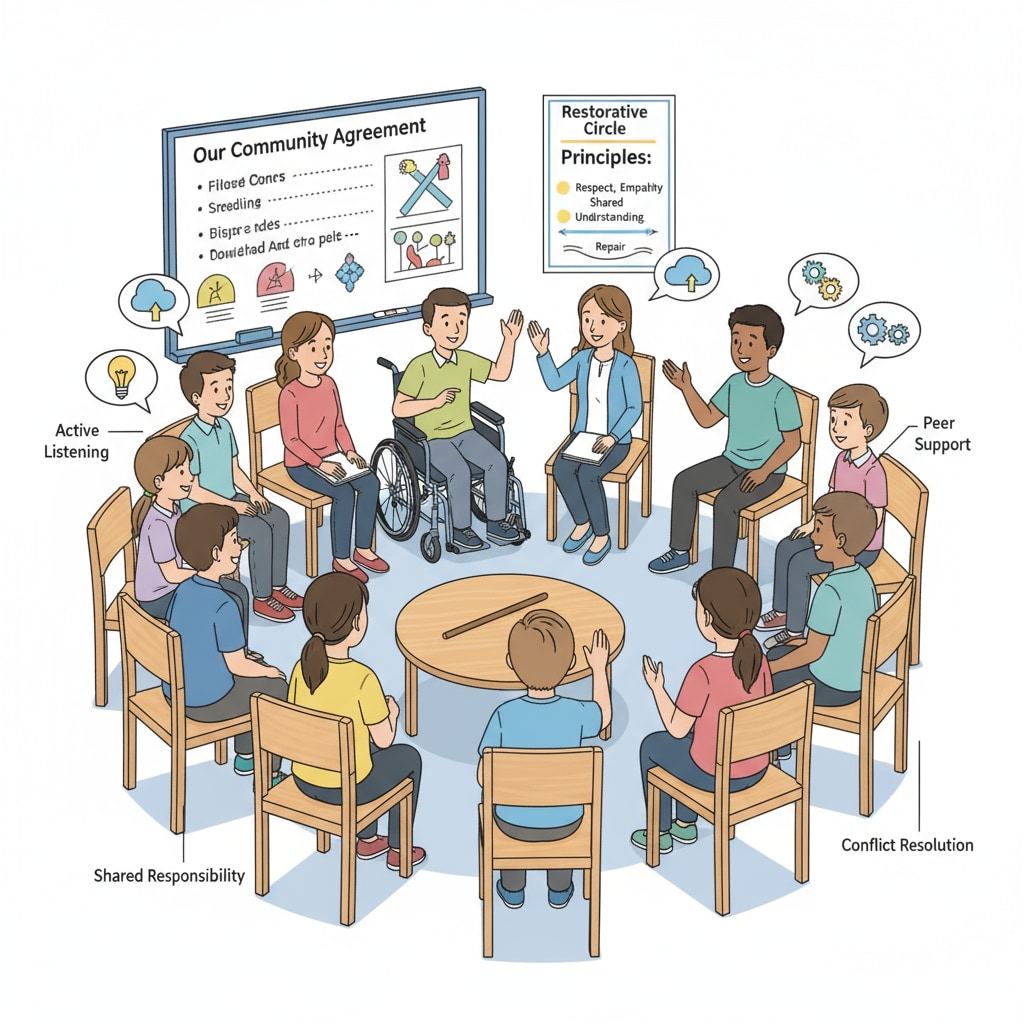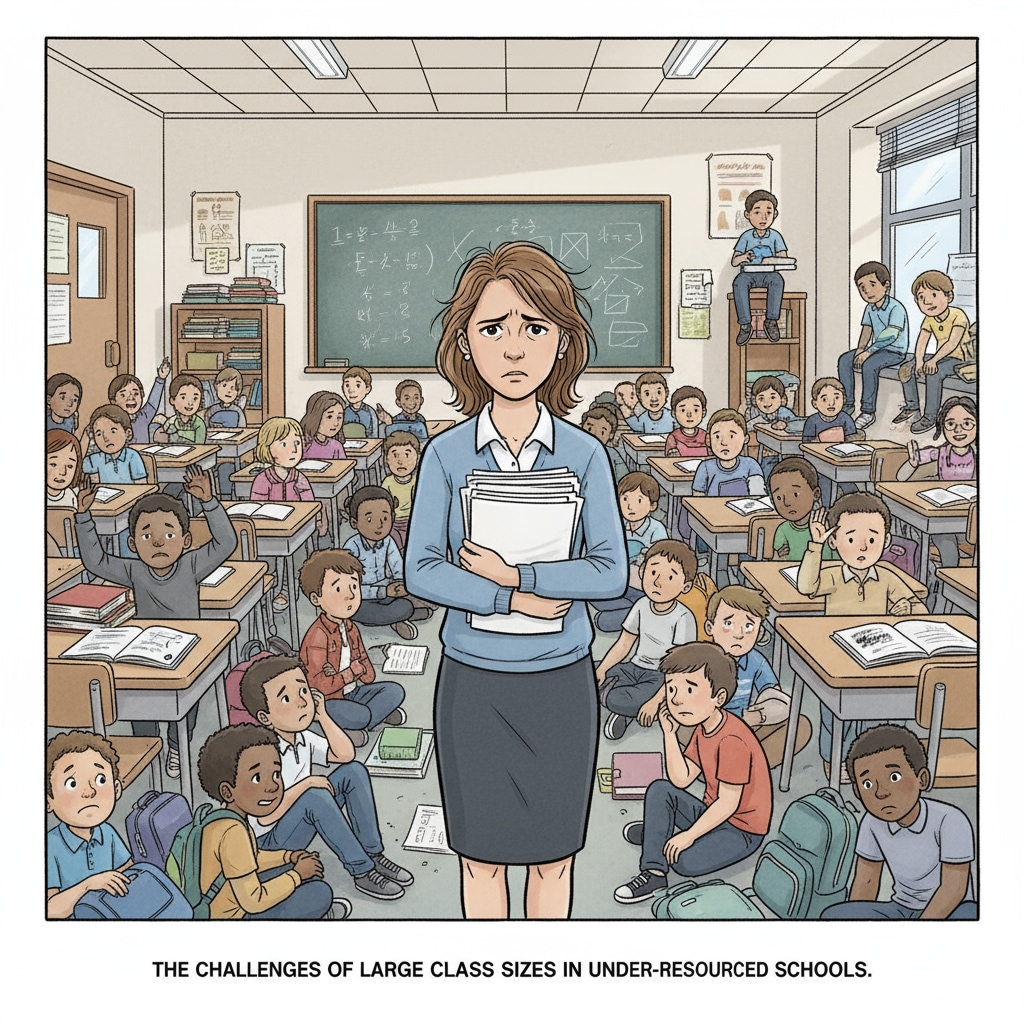Restorative justice, educational resources, and school management are intertwined concepts that play a crucial role in the development of a positive school environment. In resource-constrained Title 1 schools, implementing restorative justice brings both hope and significant challenges.

As schools strive to create a more inclusive and just environment, understanding these aspects becomes essential.
The Concept of Restorative Justice in Schools
Restorative justice in schools is an approach that aims to repair harm caused by conflicts or misbehavior. Instead of punitive measures, it focuses on dialogue, accountability, and healing. According to Restorative justice on Wikipedia, this method involves bringing together the affected parties to discuss the situation and find solutions. For example, when a student bullies another, restorative justice would encourage a conversation where the bully understands the impact of their actions and makes amends.
Challenges in Implementing Restorative Justice in Resource-Limited Schools
One of the major challenges is the issue of educational resources. Title 1 schools often lack the financial means to provide proper training for teachers on restorative justice practices. Additionally, limited staff resources mean that there are fewer educators available to facilitate the restorative justice processes. Teachers in these schools are already burdened with large class sizes and extensive curricula, making it difficult for them to take on the additional responsibility of implementing restorative justice.

Feasible Solutions for Resource-Limited Schools
Despite the challenges, there are feasible solutions. One approach is to implement restorative justice in phases. Start with small-scale initiatives, such as training a few key teachers and applying the method in selected classrooms. Another solution is to seek community cooperation. Community members can volunteer to assist in restorative justice processes, providing additional support. As stated on Education on Britannica, community involvement can enhance the overall educational experience.
In conclusion, while implementing restorative justice in resource-limited Title 1 schools is no easy feat, with careful planning and the right strategies, it is possible. By addressing the challenges related to educational resources and school management, schools can move towards creating a more just and harmonious environment for all students.
Readability guidance: This article uses short paragraphs and lists to summarize key points. Each H2 section provides a list of related ideas. The proportion of passive voice and long sentences is controlled, and transitional words are added throughout the text for better flow.


